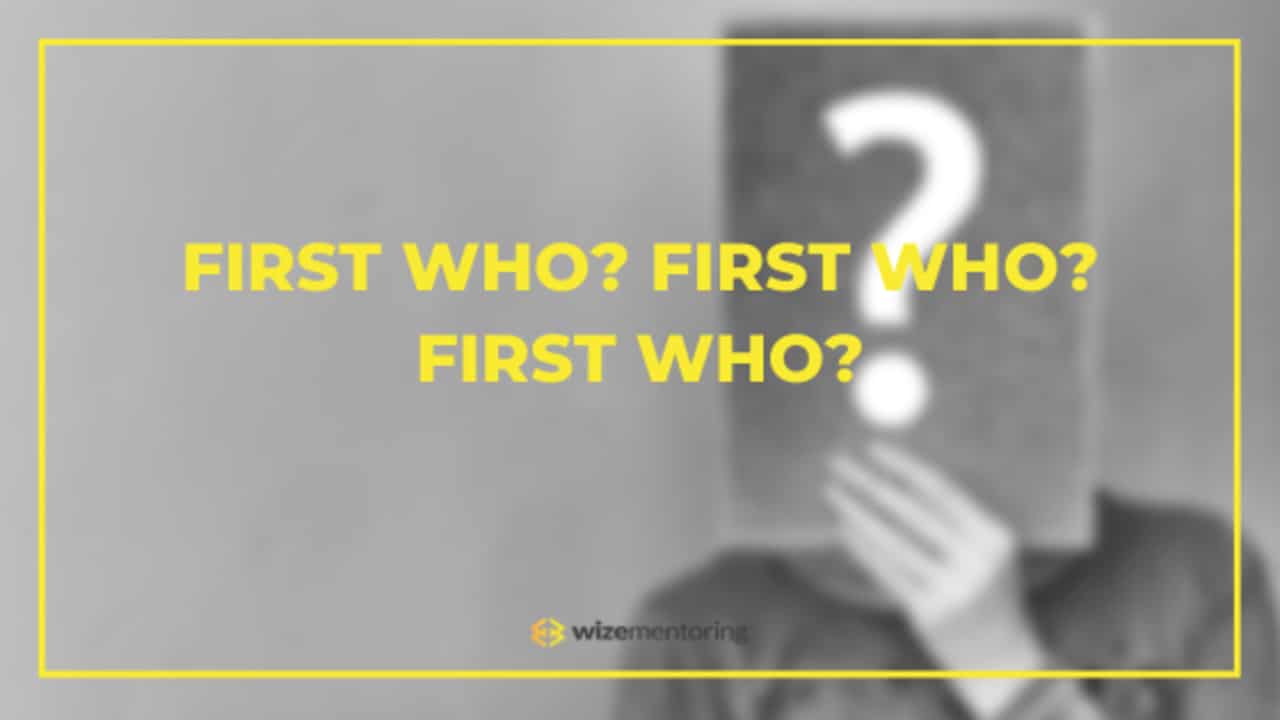The concept of the “ideal team” is not new. Most large companies have “line management” or “direct line reporting” and that each manager can only handle around 5 team members.
SAP, the software company, for example, often have 3 key people working on a client. For example a “BDM” (business development manager) or “Sales Person”, next, a “project manager” or “implementation coordinator “ and finally a “technician” or “product specialist”. Different industries have different names or variations on the team design.
Essentially you need:
– Finders
– Minders
– Grinders
Each has different skills, but complementary to the team. At a basic level, a finder, someone with very high interpersonal skills. That’s your BDM (Senior Client Manager). They are the one who can speak the customers’ language and has great communication skills.
A minder is your project manager. They coordinate resources and technical teams (grinders) to get the job done.
A grinder is a technical person who has great technical skills but does not have communication skills.
In an Accounting or Bookkeeping firm, it is the same. Someone needs to manage the client. That needs to be the Senior Client Manager (SCM). A Team Leader then works with the SCM and coordinates the technical team to get the job done. If you set up this ideal team, using the right people and put them in the right seat, it creates Synergy 1+1=5.
Dr. Stephen Covey (author of 7 Habits of Highly Successful People) called this the highest form of Maturity on his Maturity Continuum. He called it “Interdependence” in contrast to dependence and independence.
Another point to note is, with technology, systems, policies and procedures, team members can be anywhere in the world, it’s a Win/Win for all.
Team design and architecture is fundamental to our Wize philosophy.
That is the fundamental reason to have people with different skills working as a team to service the customer, whether that’s SAP or an Accounting firm or a Bookkeeping firm.
As “Bookkeeping firm owners” or “Accounting firm owners” we need to learn that “all accountants” or “all bookkeepers” don’t fall into 1 category.
Jim Collins wrote a book called “Good to Great”. It’s worth a read. It’s a detailed study of the greatest firms ever and the leaders of them. I think this video sums up the problem and solution of firms scaling and growing but hitting the barriers to growth. Jim repeatedly states the same philosophy:
first who ?
first who ?
first who ?
Get your “people strategy” right first, then take on the world. As Dr. Stephen Covey mentions, this is where the magic is!?
P.S. Whenever you’re ready… here are 4 ways we can help you grow your Accounting or Bookkeeping business:
1. Grab a free copy of our book – Accountants 20-Hour Workweek
It’s the blueprint to structure, staff and scale your firm whilst dramatically reducing your work hours. — Click Here
2. Join the Wize WaterCooler and connect with other Accountants who are scaling too
It’s our new Facebook community where business-minded Accountants and Bookkeepers learn to build a firm that runs without them. — Click Here
3. Join our new WizePulse Implementation Program
We’re putting together a new mentoring case study group this month. If you’d like to get the plan, tools and advice from the Wize Mentors to scale your firm… just send us a message with the word “Pulse” – Click Here
4. Work with the Wize Guys privately
If you’d like to work directly with the Wize Mentor team to take you from stuck to scale…just send us a message with the word “Growth”… tell us a little about your firm and what you’d like help with, and we’ll get you all the details! – Click Here
